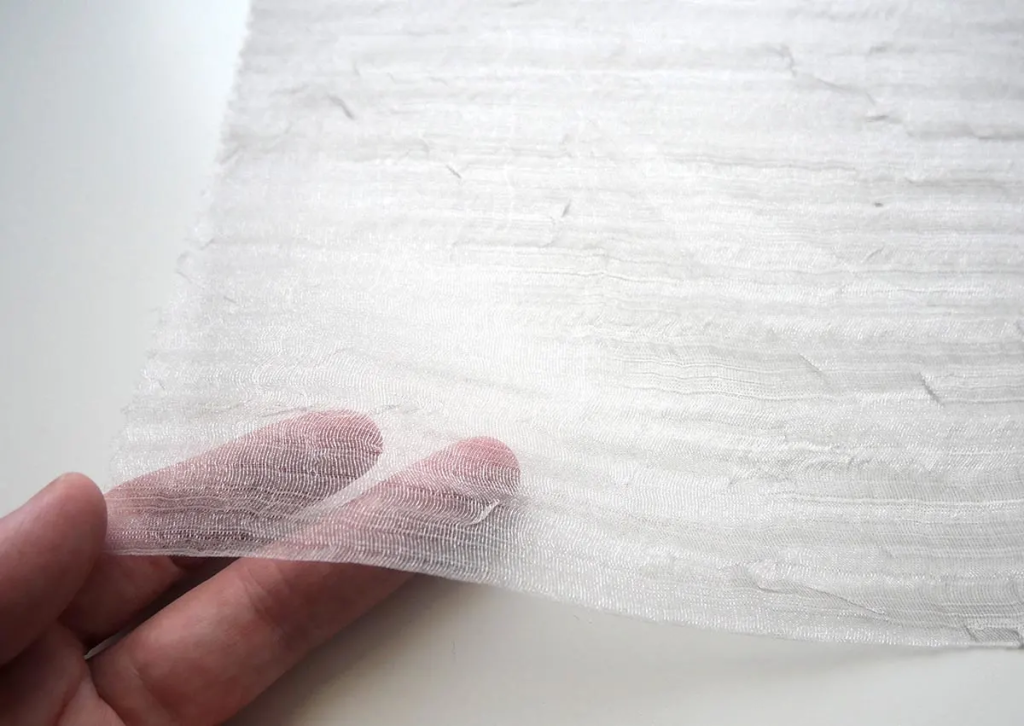Interfacing fabric is an important however often underestimated element on earth of stitching and outfit construction. It acts as an essential stabilizer, giving design and help to fabrics, especially those that might absence the necessary fat or stiffness for specific projects. Whether you’re crafting a tailored blazer, a fragile blouse, or a quilted masterpiece, interfacing represents a critical role in elevating the general quality and toughness of the finished piece.
One of many major features of interfacing is to avoid materials from extending or distorting through the sewing process. That is particularly important whenever using light or delicate materials, ensuring that the ultimate clothing keeps its supposed shape. Interfacing can be applied to numerous parts such as for instance collars, cuffs, and plackets, reinforcing these areas for included stability.
Interfacing is available in different forms, including fusible and sew-in varieties. Fusible interfacing is used by ironing, producing a connection between the interfacing and the material when temperature is applied. Sew-in interfacing, on another hand, is sewn straight into the garment. The option between the two depends upon the project requirements, material type, and particular preference. Each kind of interfacing has its advantages, providing mobility in application based on the preferred outcome.
When selecting interfacing, concerns such as for instance weight, fiber material, and the supposed usage of the garment enter into play. For lightweight fabrics, a light interfacing is advised to prevent introducing pointless bulk, while heavier fabrics might require a tougher interfacing to offer sufficient support. Also, interfacing are available in several fibre compositions, including cotton, cotton, and combinations, allowing for compatibility with a wide range of fabrics.
Interfacing stretches beyond the realm of clothing, finding programs in quilting and house decoration projects. In quilting, interfacing can be utilized to secure cloth for elaborate styles or to add dimension to specific elements. When incorporated into home decoration stuff like curtains or pillowcases, interfacing plays a part in the durability and skilled finish of the ultimate product.
Understanding the subtleties of interfacing software is crucial for reaching professional benefits in stitching projects. The approach involves cautious chopping and place to make sure that the interfacing gives help in which it’s needed without being apparent from the outside. Proper program benefits in Interfacing Fabric garment that not merely appears refined but in addition keeps its form and structure over time.
Interfacing is a flexible tool that allows for creative expression in clothing construction. Beyond their realistic operates, it can be strategically applied to test out finishes, add ornamental aspects, or build special style features. The hidden nature of interfacing belies its significant affect the general artistic and durability of the completed item, which makes it a behind-the-scenes hero in the art of sewing.

To conclude, interfacing fabric is a silent hero on earth of sewing, providing critical help and structure to clothes and projects. Their role in stabilizing textiles, preventing distortion, and improving overall quality can’t be overstated. Whether you’re a veteran seamstress or a novice, understanding the diverse applications and forms of interfacing opens up a full world of possibilities for elevating your stitching masterpieces to new heights.
